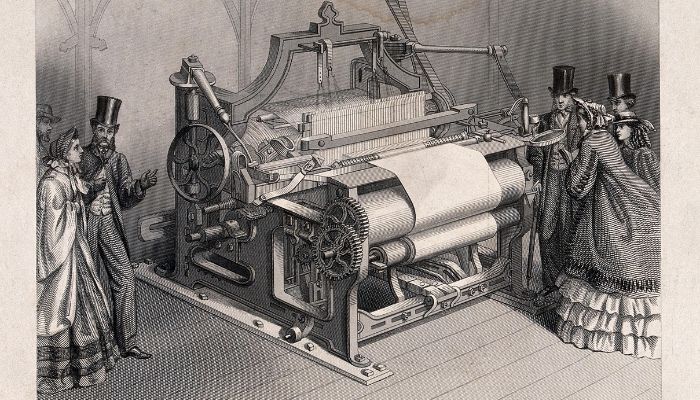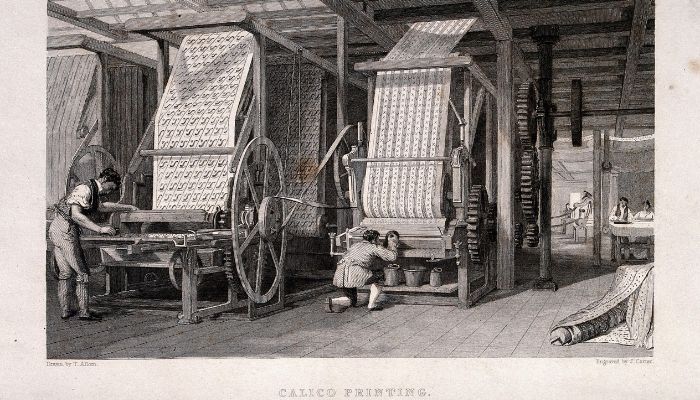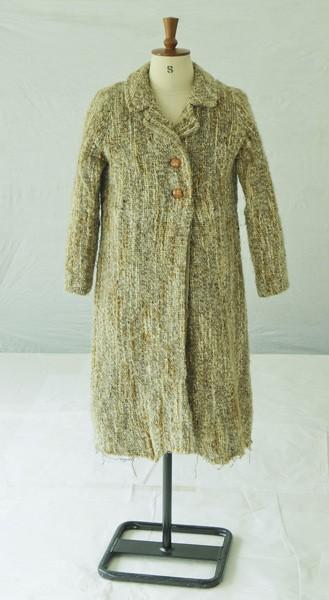Calico is traditionally made from unbleached, often not fully processed cotton. It has a distinct natural, somewhat rustic appearance, often characterized by its undyed and unprinted state. The fabric is known for its sturdiness and affordability.
| Characteristic | Calico Fabric Details |
|---|---|
| Material Source | Made from natural cotton fibers. |
| Composition | Primarily unbleached, untreated cotton. |
| Color | Natural beige or gray; can be dyed in various colors. |
| Texture | Ranges from soft and sheer to strong and coarse. |
| Breathability | Generally breathable, varies with thickness. |
| Durability | Sturdy and durable due to high-quality yarn and weave. |
| Care Instructions | Easy to wash, can be dyed; avoid harsh treatments. |
| Common Uses | Fashion toiles, bags, aprons, curtains, crafting, upholstery. |
| Historical Context | Originated in Calicut, India; significant in European trade. |
| Environmental Impact | Biodegradable and recyclable; eco-friendly fabric. |
| Major Exporters | Historically India, currently widespread global production. |
Calico fabric, with its humble origins and simple design, remains a staple in various textile application

1. Properties and Uses of Calico
Calico fabric is recognized for its simplicity and durability. It typically has a coarse texture and a natural, earthy color. While it’s not as refined as fully processed cotton, its strength makes it suitable for a range of uses.
It is comfortable and breathable, similar to other cotton fabrics. Its natural composition makes it a sustainable choice, often being recyclable and biodegradable.
Recent research suggests the potential of integrating eco-friendly biomaterials like Sapindus mukorossi and Acacia concinna in processing cotton fabrics. These herbal alternatives offer antimicrobial, anti-aging, and antioxidant properties, presenting a sustainable and health-conscious approach to textile manufacturing
Calico is widely used for quilting, crafts, and as a base for fabric printing. Its durability also makes it suitable for items like bags, aprons, and even as a base material in upholstery. In terms of fashion, it’s occasionally used for mock-ups of garments before cutting more expensive fabric.
2. Calico vs. Regular Cotton
The main difference between calico and standard cotton lies in the processing. Calico is less processed, retaining a more natural and raw appearance, whereas regular cotton is typically fully processed, resulting in a finer texture and often being dyed or printed.

In line with sustainable fashion trends, studies emphasize the importance of innovative practices in pattern-making. Techniques like upcycling, digital learning, and the use of minimization techniques are increasingly significant in fashion education, reflecting the industry’s commitment to sustainability
3. Calico in the Market
One of the appealing aspects of calico is its affordability. It’s generally less expensive than more processed fabrics, making it an excellent choice for budget-conscious projects. Widely available, calico can be found in most fabric stores.
Varieties of Calico
- Cotton Calico: The most common form, primarily made from cotton.
- Keepsake Calico: A term often used in craft and fabric stores, referring to higher-quality calico fabric, suitable for keepsake projects.
- Print Calico: Calico that has been printed with designs, expanding its use in decorative applications.

